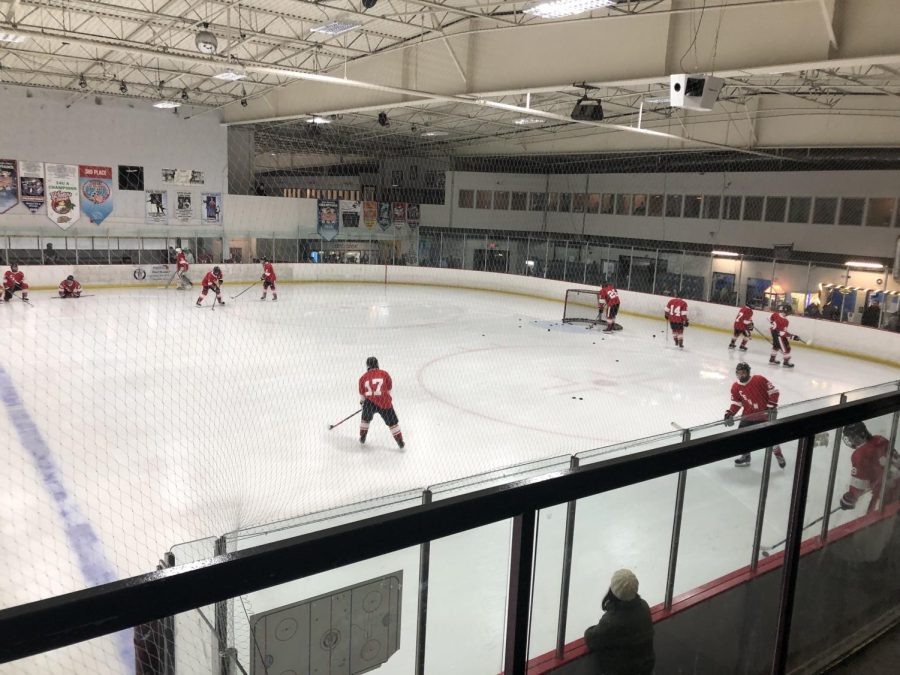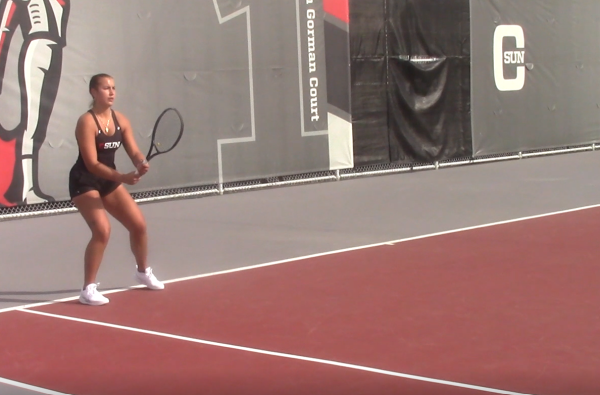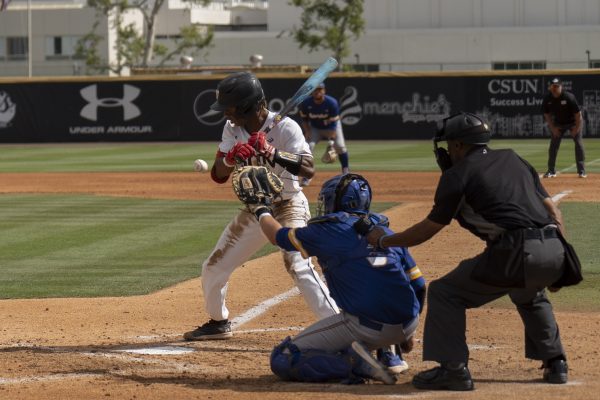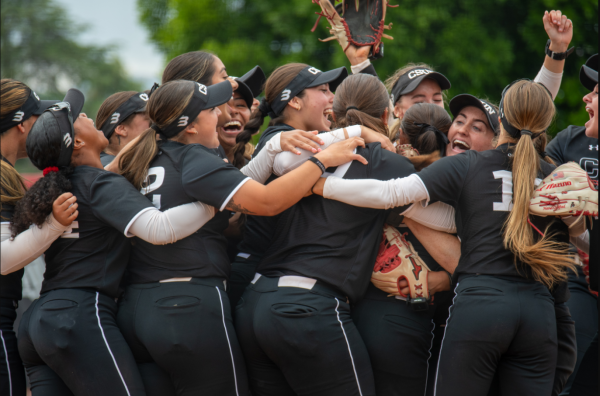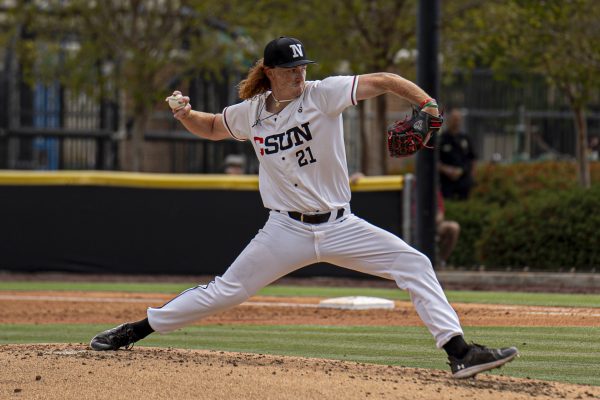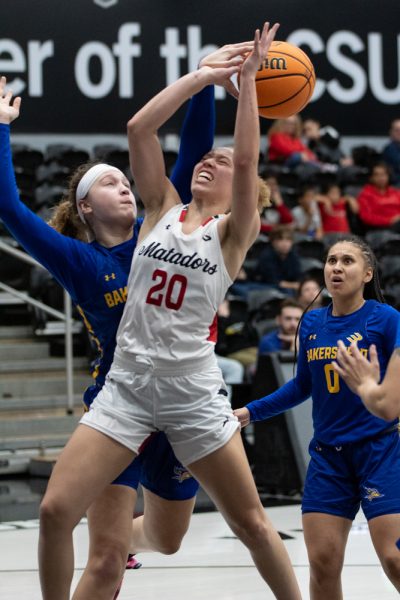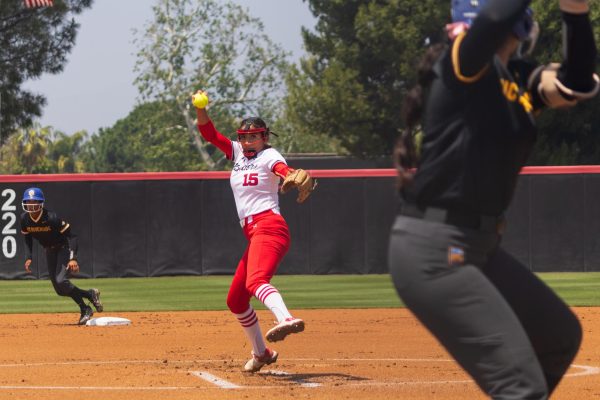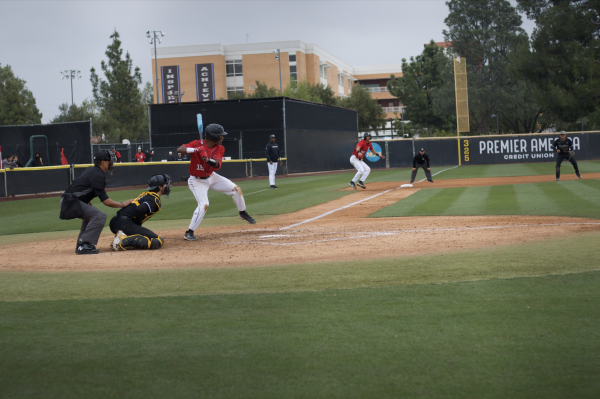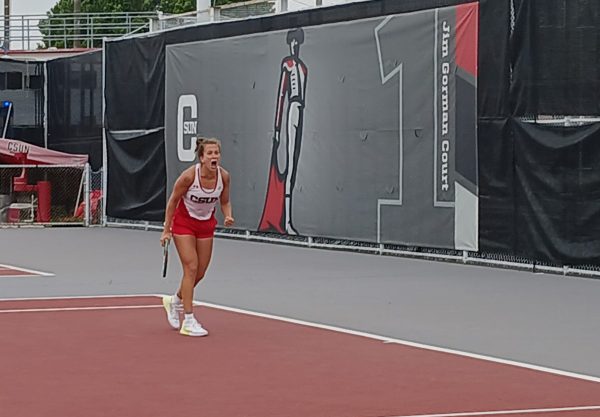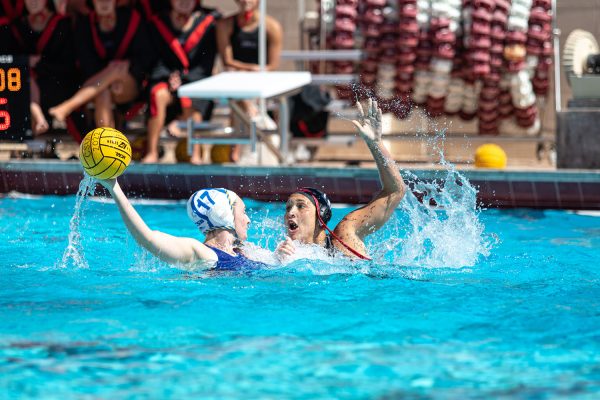Sport Clubs rebounds following pandemic
February 8, 2023
The Sport Clubs program at CSUN offers students the opportunity to participate in competitive athletic activities, both regionally and nationally. Overseen by administrator John Paul Gale and senior coordinator Bladimir Martinez, the program offers 22 clubs.
Six clubs are categorized as men’s or women’s, while 16 have no listed gender designation.
The history of the Sport Clubs program at CSUN goes back to 1960, when the first, and now defunct, snow and water skiing club was established. In their early days, most clubs operated on an on and off basis.
“Throughout that time, clubs have come back and forth,” Gale explained. “The first major organization from my understanding was under Associated Students Recreational Sports in 1994. All major sport clubs were introduced with AS Recreational.”
Since the construction of the Student Recreation Center, Associated Students was no longer in charge of overseeing each of the clubs. Sport Clubs became its own department in 2011, and has functioned on its own since.
One of the most successful sport clubs at CSUN is ice hockey, which first began in 1971. During their time in the Pacific Collegiate Hockey Association, they were crowned conference champions three times. Since their transition to the West Coast Hockey Conference, established in 2010, they have won four titles.
The ice hockey regular season is nearing its conclusion. CSUN secured first place in the tier two South Division of the WCHC after defeating CSU Fullerton on Saturday, Jan. 28.
Among all sport clubs at CSUN, the only one to earn a national championship is boxing, an individual sport with different weight and experience classes.
“We’ve never won an open championship in boxing, but we have won several beginner and novice tournaments at different weight classes,” Gale summarized.
So far in the 2022-23 academic year, several sport clubs have been packed at near or beyond capacity due to their popularity.
“Esports has the largest roster, and jiujitsu got the most waivers submitted, resulting in some cuts,” Martinez noted.
Other sport clubs active during the spring 2023 semester include archery, baseball, cheer, men’s and women’s soccer, women’s volleyball, table tennis, women’s lacrosse and women’s rugby.
“We’re pretty busy this semester,” Martinez emphasized.
Sport clubs differ from the athletics program in a handful of ways. The sport clubs are student run, meaning that the players choose when they practice and contact the league to establish season schedules. With the athletics program, the athletes practice and play just like the clubs, but coaches and administrators handle operations. Athletics recruits are commonly offered scholarships, which demand a higher level of commitment than participating in a club. The clubs require fees from students which go toward uniforms and wages, as opposed to paying students to play.
Sport clubs are still reeling from the effects of the coronavirus pandemic. Seasons were cut short, and rosters often didn’t reach capacity.
Martinez thinks the clubs can improve by continuing to grow the way they have this year.
“Some of the clubs we’ve lost over the pandemic, [our goal is to get] them back to the level they were at before everything happened,” he said.
The clubs lost because of the pandemic include men’s rugby, triathlon, women’s basketball and wrestling. Esports, however, came about in 2022, offering people a new club to join as students returned to campus.
The 2022-23 school year is the first since the pandemic without any cancellations or low interest in club sports, signaling that the clubs are on track to meet the senior coordinator’s goals.
